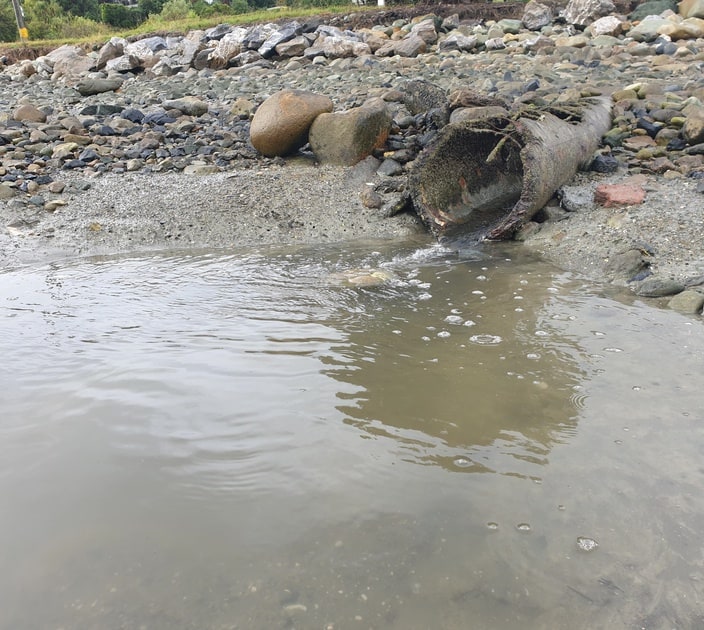Cawthron & ESR study link between heavy rainfall & norovirus water contamination
4 June 2020
Nelson’s Cawthron Institute will co-lead an international team of researchers working to find better ways of detecting norovirus in wastewater and understanding the link between heavy rainfall events and norovirus contamination in coastal waters.
Cawthron scientists will partner with colleagues at ESR and Japanese researchers at the University of Tokyo and the Prefectural University of Toyama. Together, they will test water for norovirus at coastal sites in New Zealand’s Tasman Bay and Japan’s Tokyo Bay after heavy rainfall when sewer overflows can contaminate the receiving water with norovirus.
Cawthron Senior Coastal Scientist Dr Carlos Campos said the ultimate goal of the project is to help local councils better understand the impact of norovirus-infected wastewater making its way into coastal waters and particularly shellfish gathering areas, and how sewer overflows contribute to that problem.
“We will be working alongside our Japanese colleagues to test water in two completely different coastal environments – Tokyo Bay is very different from Tasman Bay – but this helps us to get a complete picture of how different factors like land use, infrastructure, and population size and spread can impact the transmission of norovirus through coastal water contamination.
It is estimated that up to 200,000 New Zealanders get sick every year after contracting norovirus. The number of infected people changes from year to year and can result in an increase of reported outbreaks if a new norovirus variant emerges.
“A significant factor is extreme rainfall – something which will only increase in New Zealand and Japan in future with the heavy and more frequent storms brought about by climate change.
“We can take what we learn about how extreme rainfall contributes to water contamination, to provide Councils with guidance on how to manage this risk and improve public health by reducing human exposure to norovirus and other waterborne viruses.”
ESR Senior Environmental Virologist Dr Joanne Hewitt said ESR offers the research team expertise in detecting and understanding how much of the virus is present in the coastal environment and in shellfish that may become contaminated.
“The New Zealand and Japanese team will learn from each other as we all have different expertise. We are all eager to ensure the research outcomes will assist both countries in improving norovirus monitoring strategies to improve public health.”
The Viro-Flow project has been funded through the government’s Catalyst: Seeding fund under its New Zealand-Japan Joint Research Programme.
